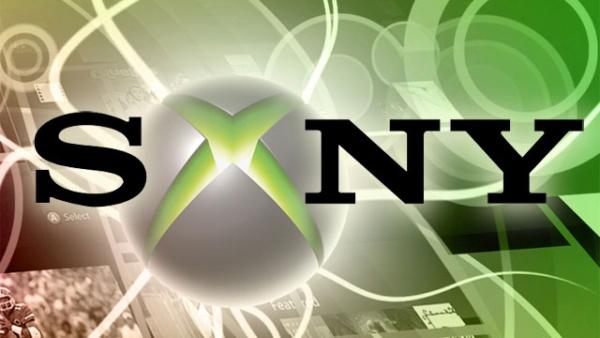The history of the console business is one of major differences between the competition. The Super Nintendo and the Genesis had very different controllers, graphics, and basic architecture. The PlayStation was vastly different than the N64, with a CD providing a very different experience from a cartridge. The Xbox 360 and the PS3 have completely different internal architectures, with programmers specializing in one or the other.
Fast-forward to the next-gen rivalry between Sony’s PlayStation 4 and the Xbox One. Both use AMD’s unified CPU/GPU architecture with minor variations, and this is so similar to the standard PC architecture that putting a game on all three platforms is trivial. Well, trivial compared to the process of putting a game out for both the PS3 and the Xbox 360, that is. In any case, this is the first time in the history of the console business that the two leading consoles are so very similar. (Nintendo’s Wii U is very different still, both in terms of horsepower and in architecture.)
For a brief time after the unveiling of Microsoft’s Xbox One, it looked as though the two consoles might be strongly differentiated by their policies regarding used games, Internet access, and approach to indie developers. However, that’s no longer the case.
Microsoft has been rapidly changing its policies to resemble Sony’s policies, whether it’s on used games or on working with indie developers. Just as the Xbox One and the PS4 share the same basic architecture, so too will the consoles share similar business models. Free games monthly with your premium subscription on PlayStation That’s done very well for Sony, so Microsoft has added that. Requiring a premium subscription to player multi-player online games Microsoft has made billions doing that, so now Sony’s added that little feature to its premium subscription. Neither company is likely to get too far ahead of the other in terms of business models. Microsoft saw what happened when it tried to push too rapidly into the digital future.

Ultimately both Sony and Microsoft realize the need for next-gen consoles to have a broader range of content than traditional publishers can provide, in order to compete with PC, online and mobile platforms’ enormous array of choices. Both companies still have a long way to go. Sony’s been trying to get indie developers on the PS Vita for a while, with some success — yet that hasn’t turned into big sales for the handheld. Regardless, both Sony and Microsoft will be indie-friendly for next-gen consoles.
There will be some exclusive games for each console, but no major genre will be left unfilled. Those exclusives will be significant to gamers who are fans of a particular brand. Given the hardware similarities, the software differences will be more important than ever. Beyond the exclusives, it’s important to note that all the biggest third-party games will be on both consoles. We may see some exclusive content differences, or a short window where a title is only available on one next-gen console, but for the most part you can count on seeing every title from major publishers on both platforms.
Even the quantities of games available for both platforms will be about the same on a practical level. Both the PS 4 and the Xbox One will have at least a couple of dozen titles available by the end of the year, far more than most gamers could play or afford. There are a number of top titles in a variety of genres on both platforms at launch.
The cool advanced features of next-gen consoles, like easy streaming of games or integration of smartphones and tablets, are available on both next-gen consoles. Motion control Standard on Xbox One, optional on PS 4. Lots of video content, music, social network integration Check, check, and check.
The biggest difference between the Xbox One and the PS 4 is really the $100 premium that the Xbox One is charging, which can be attributed to the inclusion of the Kinect. Microsoft will certainly be putting effort into convincing customers the added functionality is well worth the price, and that process has already begun.
Marketing will need to come to the rescue for both Sony and Microsoft. While both companies will be showing gorgeous graphics and amazing action, marketing’s challenge will be to take the small differences between the two consoles and enlarge them into actionable selling points. Customers need to be convinced that some feature or game only found on one console is the reason to make them buy that console. TV ads and viral videos will probably be focusing on such points, and look for social media being used to amplify that.
In the end, the two consoles are in the same market chasing the same customers with the same basic hardware, and their policies will be very similar. If you want something really different in a console, try Nintendo or Ouya.


